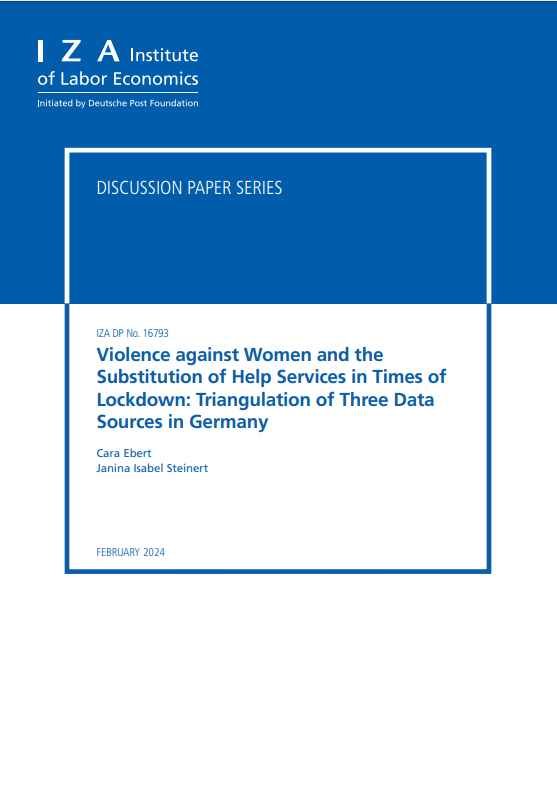Edited By Morena Tartari, Cosimo Marco Scarcelli, Cirus Rinaldi
Folk Devils and Moral Panics in the COVID-19 Pandemic analyses the phenomena of moral panics surrounding so-called folk devils in the context of the COVID-19 pandemic. In this volume, internationally recognized moral panic scholars from disciplines including sociology, media studies, criminology, and cultural studies examine case studies of moral panics related to the COVID-19 pandemic. These analyses consider the different social, political, economic, organizational, and cultural contexts within which such moral panics emerged and assess how the concept of moral panic can be deployed to offer novel insights into sociocultural responses to the outbreak. By utilizing both classical approaches to moral panic analysis and more recent trends, chapters discuss the utility of the concept of moral panic that is, for the first time, applied to a global-scale event like the COVID-19 pandemic.
London: Routledge, 2024.






